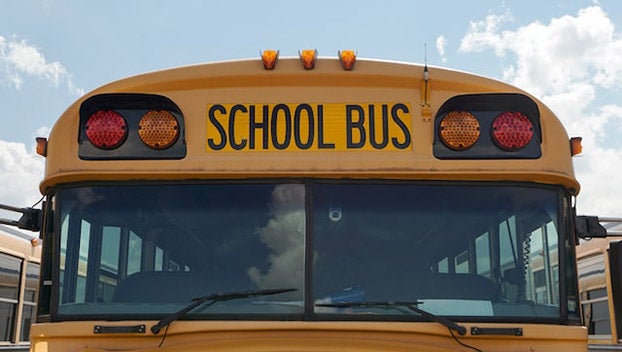New model for students with disabilities debuts
Published 6:00 am Wednesday, December 16, 2020
|
Getting your Trinity Audio player ready...
|
Superintendent of Public Instruction James Lane announced recently that the Virginia Department of Education is implementing a new model for supporting students with disabilities, investigating complaints and monitoring school divisions for compliance with federal and state special education laws and regulations.
Lane said the new approach is the result of internal discussions about improving the department’s system for monitoring local special education programs and recommendations from recent state and federal reports, including a recent report from the Joint Legislative Audit and Review Commission.
“The department is looking forward to working alongside schools, teachers and families to implement this new approach to ensuring that students with disabilities are receiving the services and supports they need to be successful both in school and beyond,” Lane said. “The changes the department will be making include providing enhanced supports and technical assistance for educators and schools and implementing a more vigorous approach to local program monitoring, including the investigation of complaints from parents and advocates, and ensuring that findings are addressed promptly.”
“The consistently high ratings Virginia receives for improving outcomes for students with disabilities reflect the effectiveness of VDOE’s efforts to support local programs and monitor divisions for compliance with the federal Individuals with Disabilities Education Act,” Assistant Superintendent for Special Education and Student Services Samantha Hollins said. “But our internal discussions and recent external reviews have identified several areas where the department can make improvements within the current regulatory, legislative and budgetary framework.”
In the initial phase of implementation, the department will pilot a program of more frequent and comprehensive monitoring of local special education programs with several to-be-announced school divisions, beginning early next year. In addition, the new model will include a comprehensive verification and review process for a sample of school divisions selected randomly every year, with all 132 of the commonwealth’s divisions undergoing a detailed review at least once every five years. Full implementation of the new approach for improving outcomes for students with disabilities will include the following:
• Expanded criteria for the investigation of complaints, and a new procedure for confirming implementation of required corrective actions;
• Additional transparency for families and students in the dispute resolution process;
• Additional technical assistance and training for school division staff, including in the development of Individualized Education Programs for students and family engagement;
• Enhanced special education-related requirements for educator preparation programs; and
• Expanded analysis and collection of data to inform program practices and policy development.
Lane said the department will announce more improvements and reforms next year as the department implements additional recommendations from JLARC, as well as recommendations and required actions from the June 2020 Differentiated Monitoring and Support Report from the U.S. Department of Education’s Office of Special Education Programs. Other reforms may require new financial resources or legislative action.
“While there are improvements that we can make under the current framework, some of the enhancements recommended by OSEP and JLARC will require changes in state laws and regulations, as well as additional resources,” Lane said. “Ideally, we would also like to see a significant increase in federal investment in special education, as promised in 1975 when Congress passed IDEA.”




